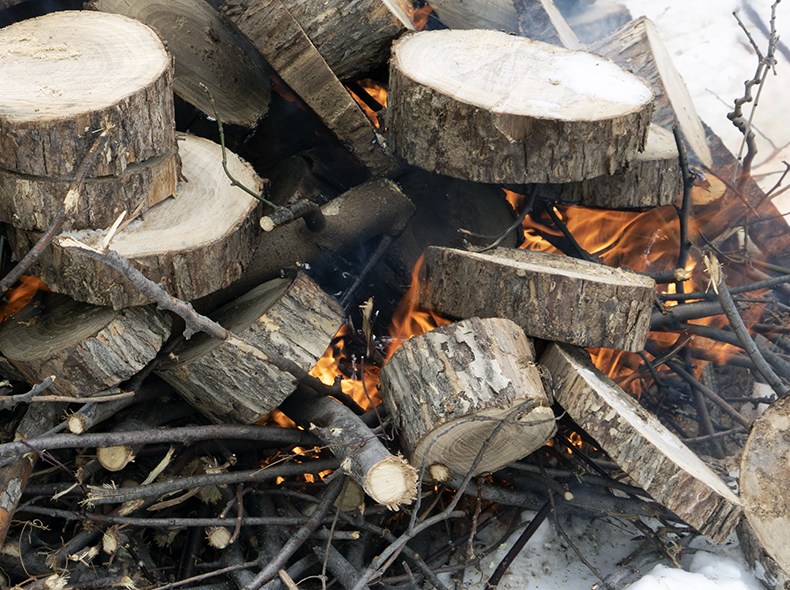Dutch elm disease spread reduced by tree removal
Crews burn the diseased and felled trees along the riverbanks during the fall and winter
February 20, 2020
They look like camp fires, but the piles of burning wood are helping to prevent the spread of Dutch elm disease in Winnipeg. Much of the wood must be burned due to poor access to haul it from the riverbanks.
“We try to get them out as quickly as possible,” said Tony Havrilenko, Supervisor of Urban Forestry and Dutch Elm Disease Operations.
From mid-October to the end of March, crews will burn cut down elm trees identified for removal due to Dutch elm disease.
“It’s quite labour intensive actually,” said Havrilenko. “Our people walk in, we come in by snowmobile, we come in by all-terrain vehicles, and we work our way along the city’s waterways.”

The trees are cut into thin discs so the pieces will burn quickly. They are then piled up and burned during the day.
“We take out burning permits and the Winnipeg Fire Paramedic Service knows the exact locations we will be burning,” he said.
Hundreds of piles are burned each year. Havrilenko said it is more cost effective to burn the trees near where they are cut down instead of transporting them to the landfill.
The removal of the diseased trees is one way the City is working to protect the tree canopy. Crews also treat elm trees for the elm bark beetle, which carries the Dutch elm disease fungus.
Residents are reminded they are not allowed to store elm wood at any time of the year unless it has been properly treated.
